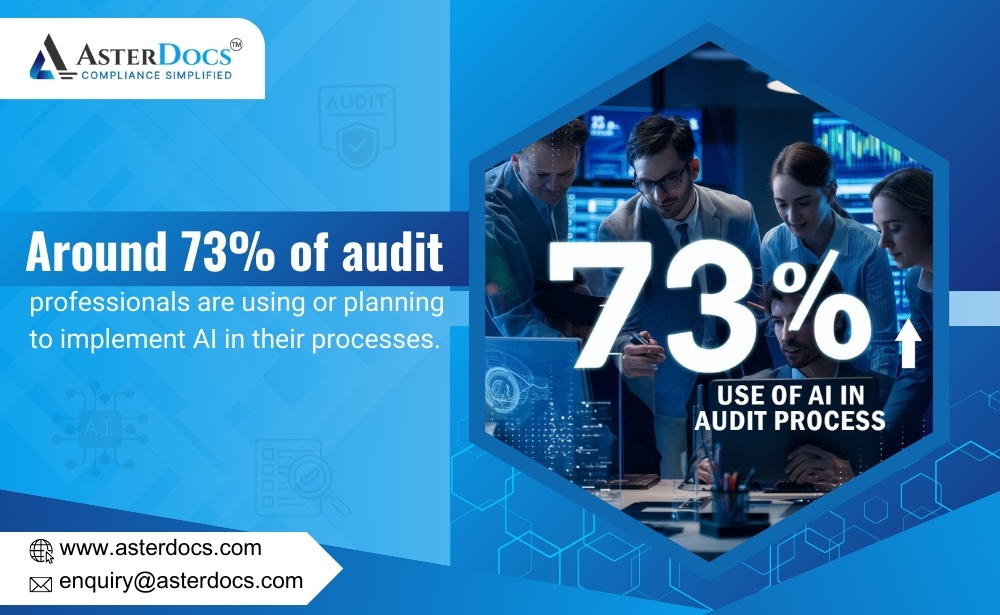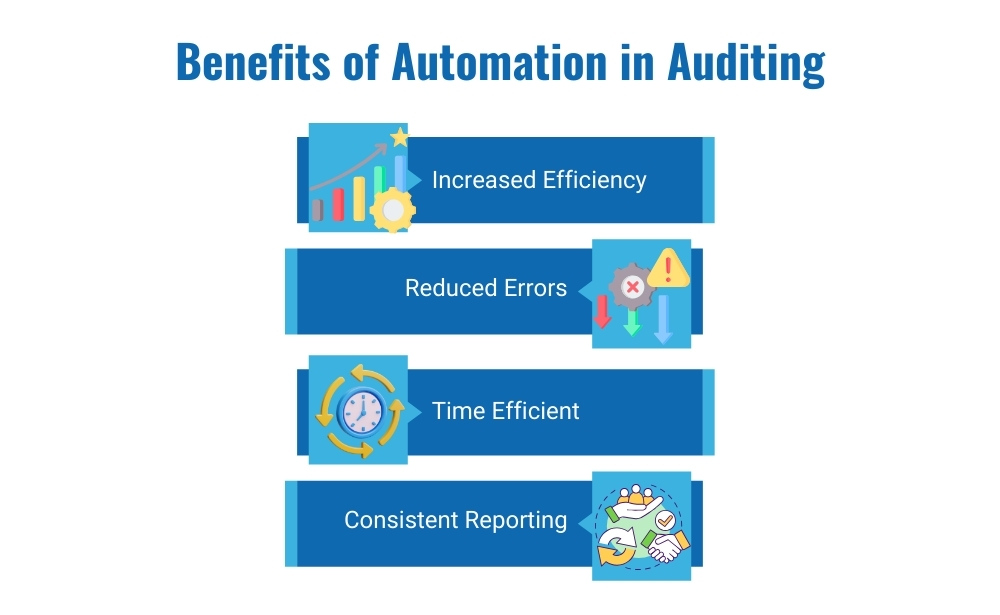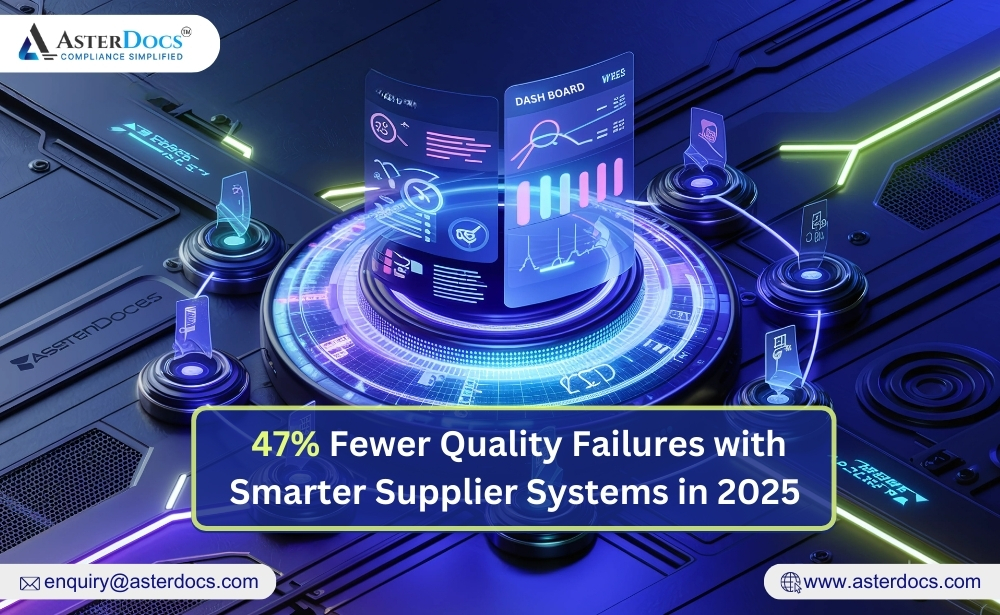Remember the days when auditing meant stacks of paper and countless hours of manual work? We’ve come a long way since then. Today, audit software has revolutionized the industry, making processes faster, more accurate, and less prone to errors. This journey from manual to digital has been transformative, thanks to technological advancements.
The Early Days of Digital Auditing
In the early days, we transitioned from paper-based audits to basic digital tools. These early software solutions focused on simple tasks like data entry and storage, which were a huge leap forward from manual methods. They offered significant benefits, such as better record-keeping and the beginnings of automation. Though basic, these tools laid the groundwork for the advanced audit documentation software we use today.
The Advent of Automation in Auditing
Automation revolutionized the auditing field, transforming how audits are conducted. The advent of automated audit software introduced powerful features such as data reconciliation and report generation, which drastically improved operational efficiency and reduced the incidence of manual errors.
These tools enabled auditors to handle large volumes of data with ease, providing a level of accuracy that manual processes simply couldn’t achieve. Automation allowed auditors to focus their expertise on more complex and nuanced tasks, rather than being bogged down by repetitive and mundane activities. By streamlining the audit process, automated software made it possible to generate detailed reports swiftly, ensuring that critical insights were readily available.
This shift not only enhanced the accuracy of audits but also significantly shortened the time required to complete them, paving the way for more timely and informed decision-making. The impact of automation in auditing cannot be overstated, as it has laid the groundwork for even more advanced technologies like AI and machine learning to further enhance the field.
The Rise of AI and Machine Learning in Audit Software
The latest evolution in auditing is the integration of AI and automation. These technologies have taken compliance management and risk assessment to new heights. AI-powered audit software can now perform predictive analytics, identifying potential risks before they become issues. Also, it can manage massive volumes of data and facilitate the more effective centralization of documents linked to compliance.
A recent survey by Deloitte revealed that 73% of organizations are currently using or planning to use AI in their audit processes, underscoring the growing reliance on these technologies. Additionally, the global market for AI in auditing is expected to reach $1.5 billion by 2026, reflecting a compound annual growth rate (CAGR) of 30%. These statistics indicate a robust trend towards the adoption of AI audit functions.
Conclusion
From manual processes to AI-powered tools, the evolution of audit software has been nothing short of remarkable. As technology continues to advance, the potential for further innovation in auditing is limitless. If you’re still relying on outdated methods, now is the time to consider adopting modern audit management software. It’s not just about keeping up with the competition; it’s about staying ahead and maximizing efficiency and accuracy in your auditing processes.















